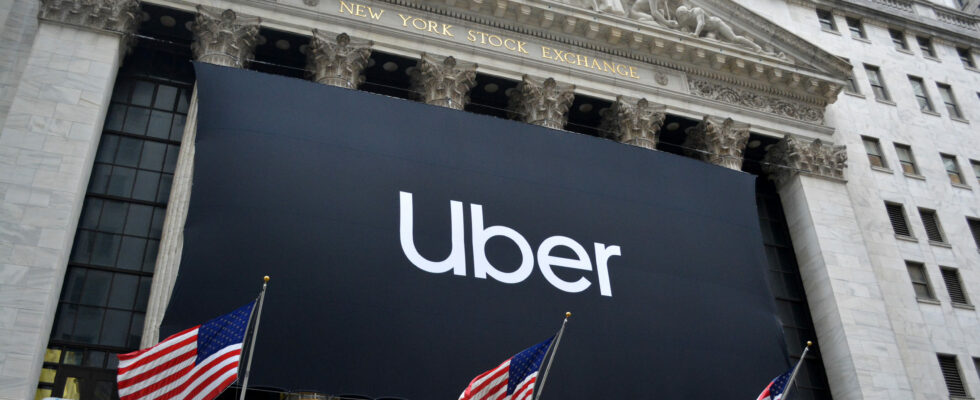In New York, we want to increase the number of electric Uber and Lyft vehicles. But the wishes of the authorities arouse controversy, in particular among taxis, who feel wronged by the advantages promised to platform drivers.
Last month, the New York City Taxi and Limousine Commission (NYC TLC) made its first significant decision in several years, issuing a driver’s license to Uber, Lyft and other VTC drivers if they drive an electric vehicle. The program, called Green Rides, aims to create an all-electric taxi and VTC fleet by 2030. But it raises concerns about potential wage cuts and provokes discontent among taxi drivers. It is also the subject of a legal appeal which, today, complicates things in the Big Apple.
From enthusiasm to justice: the electrification of Uber in New York is coming to an end
New York’s Taxi and Limousine Commission launched the Green Rides program in mid-October, allowing Uber and Lyft drivers to apply for a license if they operate electric vehicles, even though the number of such licenses was restricted since 2018. The initiative is part of the Big Apple’s broader plan to transition to an all-electric taxi and ride-hailing fleet by 2030.
The sudden increase in demand for electric vehicles in New York, in particular Tesla’s Model Y (which provides the most expensive service at Uber), was triggered by this famous change in the TLC rules. The opportunity has led to a rush for electric car dealers.
Imagine that three weeks after the launch of the program, a legal problem blew up in the faces of enthusiastic drivers. A group representing existing taxi and ride-hailing workers argued that the new program was introduced without taking necessary regulatory steps, which could affect existing drivers’ wages and worsen New York’s traffic congestion. A state judge then ordered a temporary pause in the program.
The complexities of balance
New York’s unique regulatory landscape, where we find the strictest regulations on Uber and Lyft (along with Airbnb, another major player in the “sharing economy)”, contributes to the complexity of the situation . The state’s lag in adopting electric vehicles, despite ambitious goals, raises concerns that there is a lack of public fast-charging infrastructure to convince drivers that an electric car is right for their needs.
Still, the city’s initiative to encourage ride-hailing drivers to switch to electric vehicles should, in theory, encourage the development of more charging infrastructure. Challenges linked to the high cost of real estate and sub-optimal use of existing infrastructure nevertheless present obstacles to achieving this objective. A truly paradoxical situation.
The New York Taxi Workers Alliance, for its part, remains particularly concerned about the unlimited licenses that the city is prepared to grant for electric vehicles. Nearly 10,000 licenses were distributed between mid-October and mid-November, while today, New York has more than 100,000 vehicles registered with Uber, Lyft and other players. While Uber has promised not to cut driver pay, the company and its competitors remain hanging on the court’s final ruling, which will likely shape the future of New York’s ambitious plan to electrify its taxi and ride-hailing fleets .
Source : Wired

0